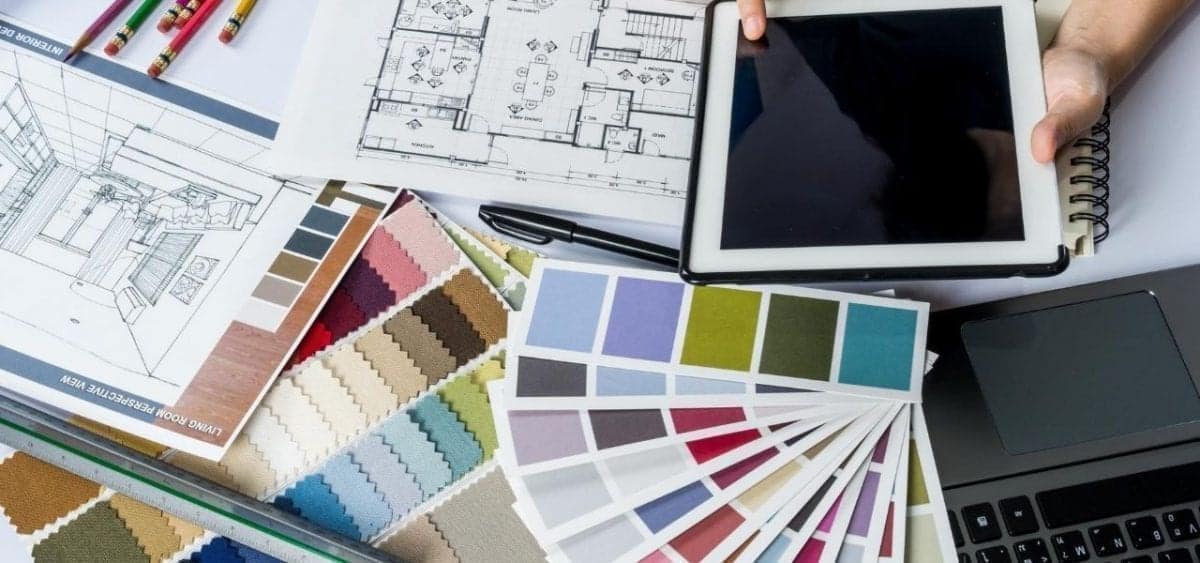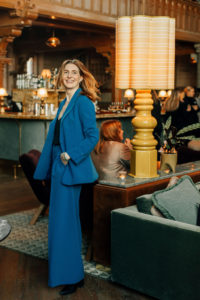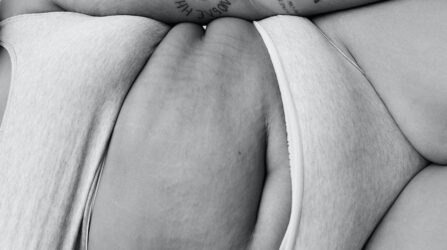Home > Emotional wellbeing > Mental health > How Interior Design Can Influence Your Mental Wellbeing


Our homes are places for comfort and security, personal sanctuaries that reflect our taste, style and inner selves. They are places where we have a connection to ourselves and given how much time we spend in them, particularly now with so many of us working from home, the way in which we design them can impact our moods, emotions and mental wellbeing. Ensuring that our homes are personal, comforting and functional is a fundamental step in taking care of ourselves. You don’t see birds filling their nests with thorns, after all. I mean they might, don’t quote me on that, I’m not an ornithologist.
Interior design and mental health is a branch of environmental psychology, which studies the direct relationship between environment and inhabitants.
So, how can we ensure that we design our homes in ways that influence our mental wellbeing for the better?
As humans, we need a lot of natural light. Exposure to natural light helps us produce vitamin D, helps regulate our circadian rhythms and sleep patterns, which all in all keeps us in a generally happier mood. Make the most of the natural light that comes into your home and make careful choices with window coverings. Using light curtains, you let more light into the room. If you don’t have much natural light, let’s face it, not all us get to have massive windows, use artificial lighting in a way that aligns with daylight patterns as the sun moves. Playing with different levels of lighting, ceiling lights and table lamps, and having dimmable or moody lighting such as candles, helps to reduce the feeling of artificial light and creates cosy spaces.
Colours affect us deeply. As kids, we go around asking people what their favourite colour is, maybe we paint our nails or wear particular coloured clothing that makes us feel a certain way. The same applies to our homes, in that certain colours produce certain responses. In general, the best colours to use in homes are greens, blues and purples, which are focused, calming and easy colours that don’t overwhelm us. Yellow is a sociable colour, as is orange, but try to avoid red. Whilst moody and somewhat romantic, red is more likely to make us agitated and stressed. Particular rooms should have particular colours for their functions. You probably don’t want the same feeling in your bedroom as you do in your kitchen.
As with light, we don’t all have the luxury of having spacious homes, and this isn’t something we get to choose. So, we have to make the most of our spaces and play them to our advantage. Generally speaking, less is more, and cluttered rooms can affect our mental wellbeing, making us stressed and tense. Don’t fill up your rooms too much and give yourself space to move and breathe.
Whilst the sleek minimal look has been staring at us from magazine pages for some time, it’s actually better to fill your home with, ideally natural, textures and materials. Things that feel nice to touch. Play to your senses with wooden furniture, soft fabrics, wicker, wool, brick, wallpaper. As well as creating a pleasing visual space that doesn’t feel flat, texture provides a balance, which brings harmony to your home.
Houseplants have been growing more and more popular these years. My own dear mum physically can’t walk into Ikea without coming out with one. Our living room sometimes feels like a greenhouse, but the result is unquestionable. We like a physical connection to nature and in current times, the emphasis on how connecting with our environment does wonders for our mental wellbeing has been sung from the rooftops. But we don’t always go out, I am in England, it does rain, so making sure that we feel this connection even when we’re at home is important. Enter, the houseplant. Trees, swiss cheese plants, peace lilies, ivy, spider plants, or bouquets of roses, stock, wildflowers from outside, daisies. Bringing the outside in, even if it’s a little cactus on your desk, brings not only colour and texture into your home, but the connection to nature that we all need.
Your home should look like you, not a magazine. Fill it with memories that bring your joy, family pictures, souvenirs, art that makes you feel good, your favourite books, your favourite blanket, the funny mug that always makes you smile. A place that connects you to you.
The ache for home lives in all of us. The safe place where we can go as we are and not be questioned.” – Maya Angelou

-


Dr Singh is the Medical Director of the Indiana Sleep Center. His research and clinical practice focuses on the myriad of sleep.

What does spotting before your period look like? Spotting is a few drops of blood on your underwear that are not enough to soak a pad. It’s typically brown, light pink, or red and may only be noticeable on a

Postpartum hormonal changes: What are they? Postpartum hormonal changes occur when your body experiences shifting hormone levels after birth. After your baby is born, the doctor removes the afterbirth or placenta, which sends signals to your body that you’re no

What is ovulation fatigue? As women, we can get numerous symptoms throughout our menstrual cycles. One question we’re asked is, “Why do you get tired during ovulation?” For some, the answer could be ovulation fatigue. Ovulation fatigue is when you
Hormona© 2025, All Rights Reserved
| Cookie | Duration | Description |
|---|---|---|
| cookielawinfo-checkbox-analytics | 11 months | This cookie is set by GDPR Cookie Consent plugin. The cookie is used to store the user consent for the cookies in the category "Analytics". |
| cookielawinfo-checkbox-functional | 11 months | The cookie is set by GDPR cookie consent to record the user consent for the cookies in the category "Functional". |
| cookielawinfo-checkbox-necessary | 11 months | This cookie is set by GDPR Cookie Consent plugin. The cookies is used to store the user consent for the cookies in the category "Necessary". |
| cookielawinfo-checkbox-others | 11 months | This cookie is set by GDPR Cookie Consent plugin. The cookie is used to store the user consent for the cookies in the category "Other. |
| cookielawinfo-checkbox-performance | 11 months | This cookie is set by GDPR Cookie Consent plugin. The cookie is used to store the user consent for the cookies in the category "Performance". |
| viewed_cookie_policy | 11 months | The cookie is set by the GDPR Cookie Consent plugin and is used to store whether or not user has consented to the use of cookies. It does not store any personal data. |
